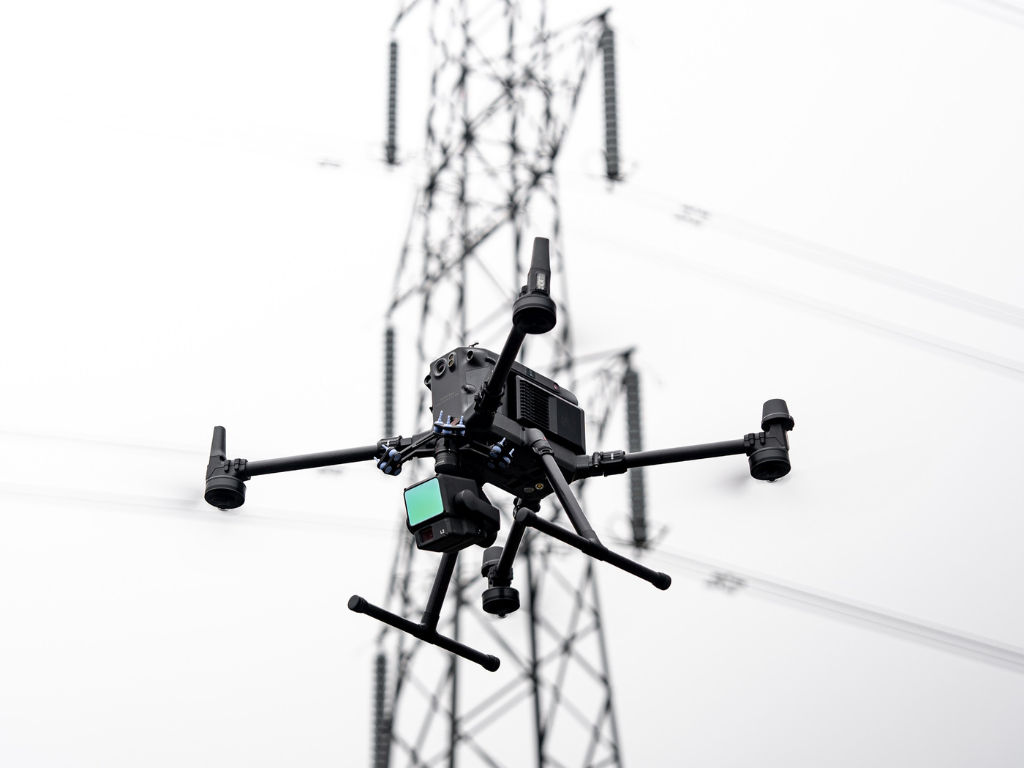
Technical
Transform powerline inspection with DJI Zenmuse L2
Exclusive dataset shows how DJI Zenmuse L2 Power Line Follow mode streamlines data collection for inspection.
This detailed dataset shows how the Power Line Follow mode on the DJI Zenmuse L2 transforms powerline inspections.
This sophisticated feature allows the drone to automatically follow power lines to streamline the data collection process and to help collect highly-accurate data and build a robust point cloud.
The heliguy™ in-house survey team recently put this function to the test - flying the L2 with the DJI M350 RTK drone - and were impressed with the results.
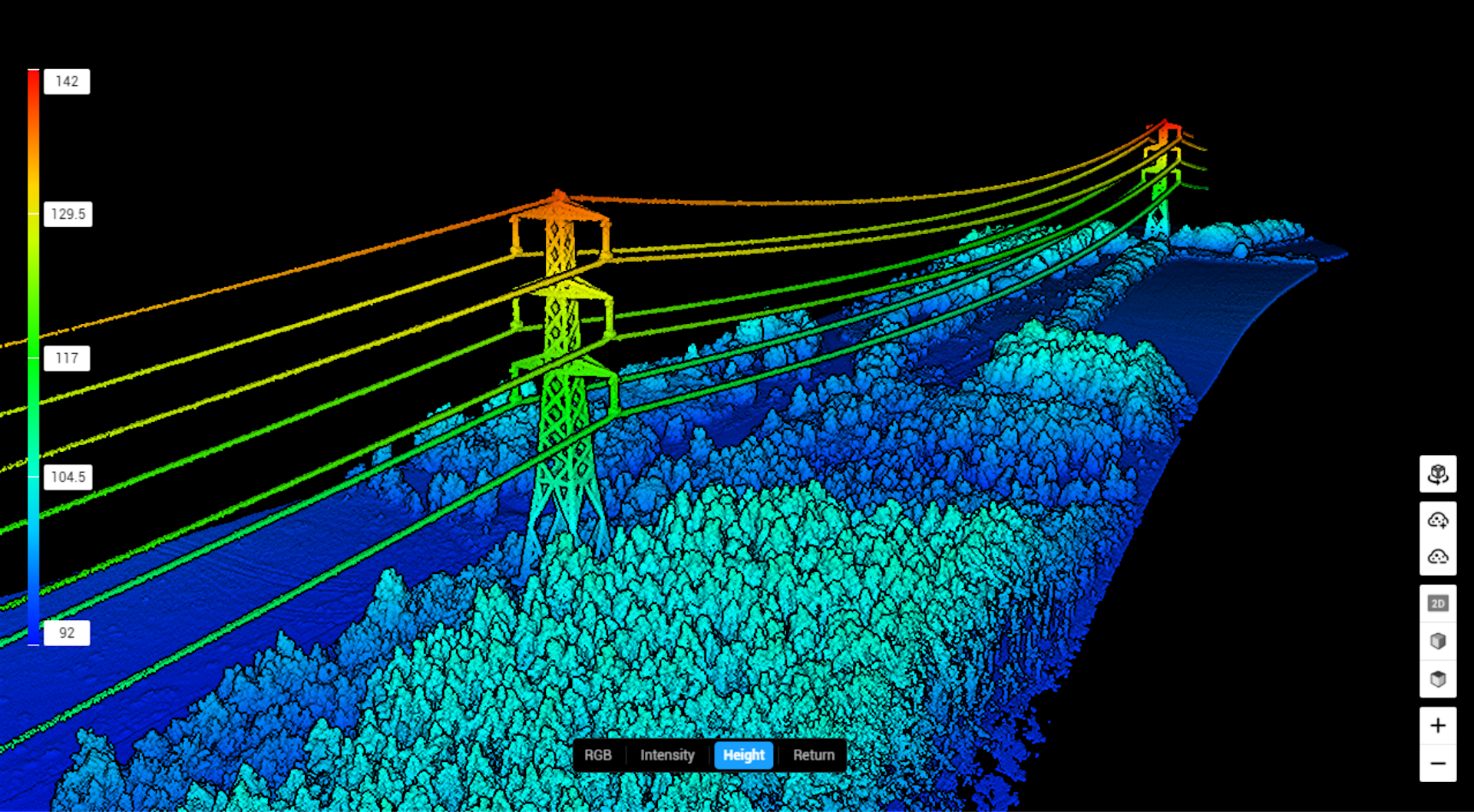
The DJI L2 is a payload that combines a LiDAR module and RGB sensor. LiDAR is useful for power line inspection thanks to its enhanced detection capabilities, including the ability to detect small wiring. It can be used for vegetation analysis and inspection route planning.
What is Power Line Follow?
Power Line Follow enables the drone to fly over the power line and then the L2 will autonomously identify, track and follow power lines with precision - without requiring route planning in advance.
This mode includes:
Wire Recognition: Automatically identifies wire channels. When Mark Branch Point is enabled, a pinpoint will be automatically generated at each junction.
Automated Flights: The aircraft automatically follows the power line according to the set parameters and collects LiDAR (and true colour) point cloud data.
Real-time View: View the real-time 3D point cloud models of the power line on the remote controller.
True-colour Point Clouds: The L2 enables operators to generate a true-colour point cloud, thanks to its built-in RGB camera.
DJI Terra: Process the model in DJI Terra.
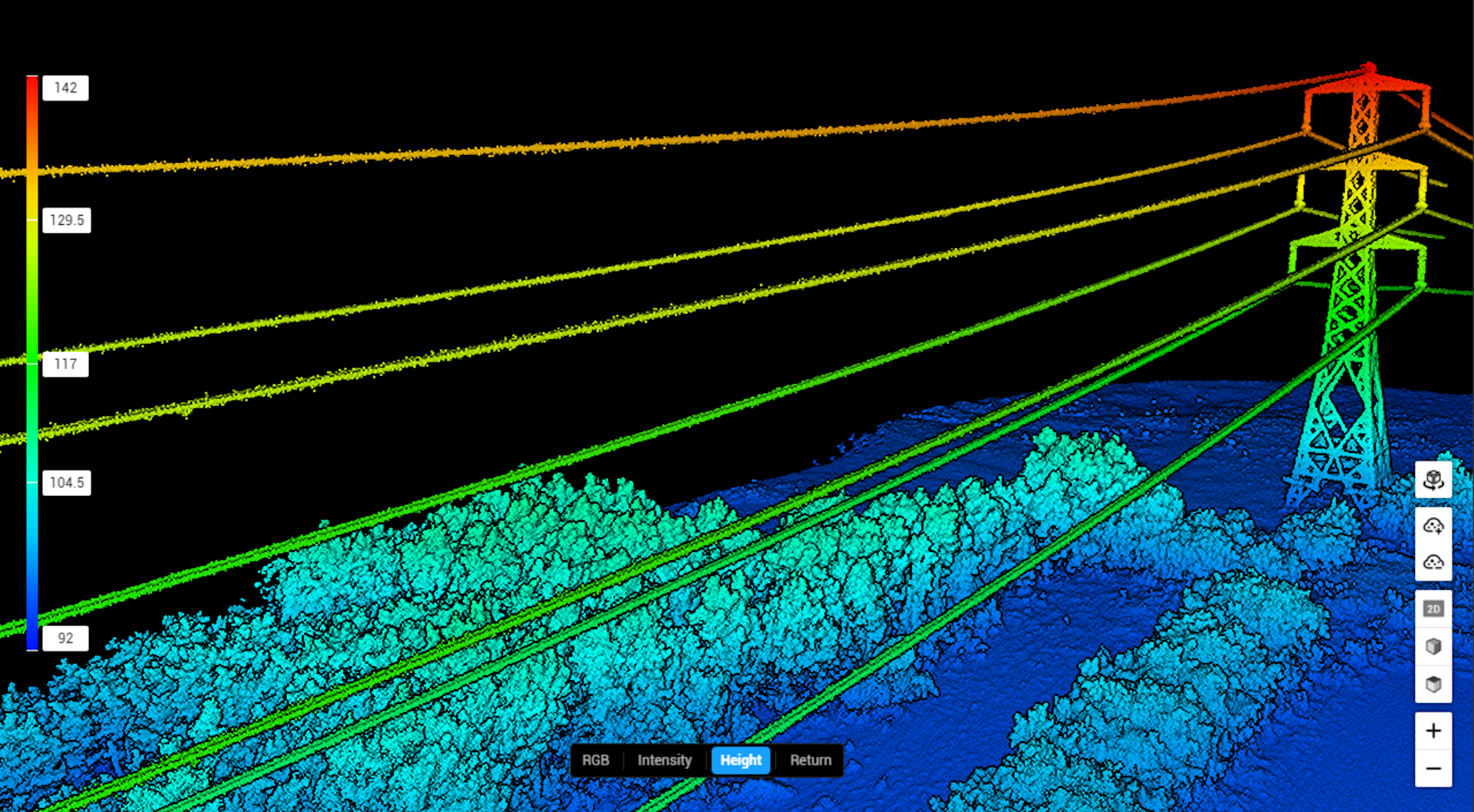
Power Line Follow creates a new all-in-one LiDAR data capture workflow. Previously, this was a two-step process, involving Flight Route Planning (aircraft pinpoint, route planning, payload settings, parameter settings) and then Task Operation (pre-flight checks, flight operation, quality report).
Now, Power Line Follow means that LiDAR data collection can be finished in one step - integrating power line identification, parameter settings, power line selection, and autonomous flight.
Power Line Follow is available for the DJI M350 RTK, as well as the DJI M300 RTK with DJI RC Plus controller.
Power Line Follow: Benefits
Advantages of deploying Power Line Follow mode include:
Increased Safety: Reduces the need for manual piloting close to high-voltage lines, mitigating risks of human error. It also enhances situational awareness through precise navigation along powerline routes.
Improved Data Accuracy: Ensures uniform scanning distance and consistent data collection across the entire inspection area. Captures high-resolution point cloud data, helping to detect faults such as broken strands, vegetation encroachments, and structural deformations.
Operational Efficiency & Streamlined Data Collection: Automates flight paths, allowing operators to cover long powerline stretches with minimal manual intervention. This reduces inspection time compared to traditional methods like helicopter-based inspections.
Combats Previous Challenges: In the past, when the coordinates and height of the tower were unclear, it was necessary to manually mark the coordinates of the electricity tower and then perform the scanning action. Power Line Follow easily solves this problem.
Cost-Effectiveness: Minimises costs associated with ground crew logistics, heavy machinery, and expensive manned aerial operations. Allows for frequent inspections, ensuring better maintenance planning and avoiding costly outages.
Enhanced Reporting Capabilities: Generates highly-detailed LiDAR models (and true-colour point clouds) for in-depth analysis and predictive maintenance. Seamlessly integrates with post-processing software such as DJI Terra.
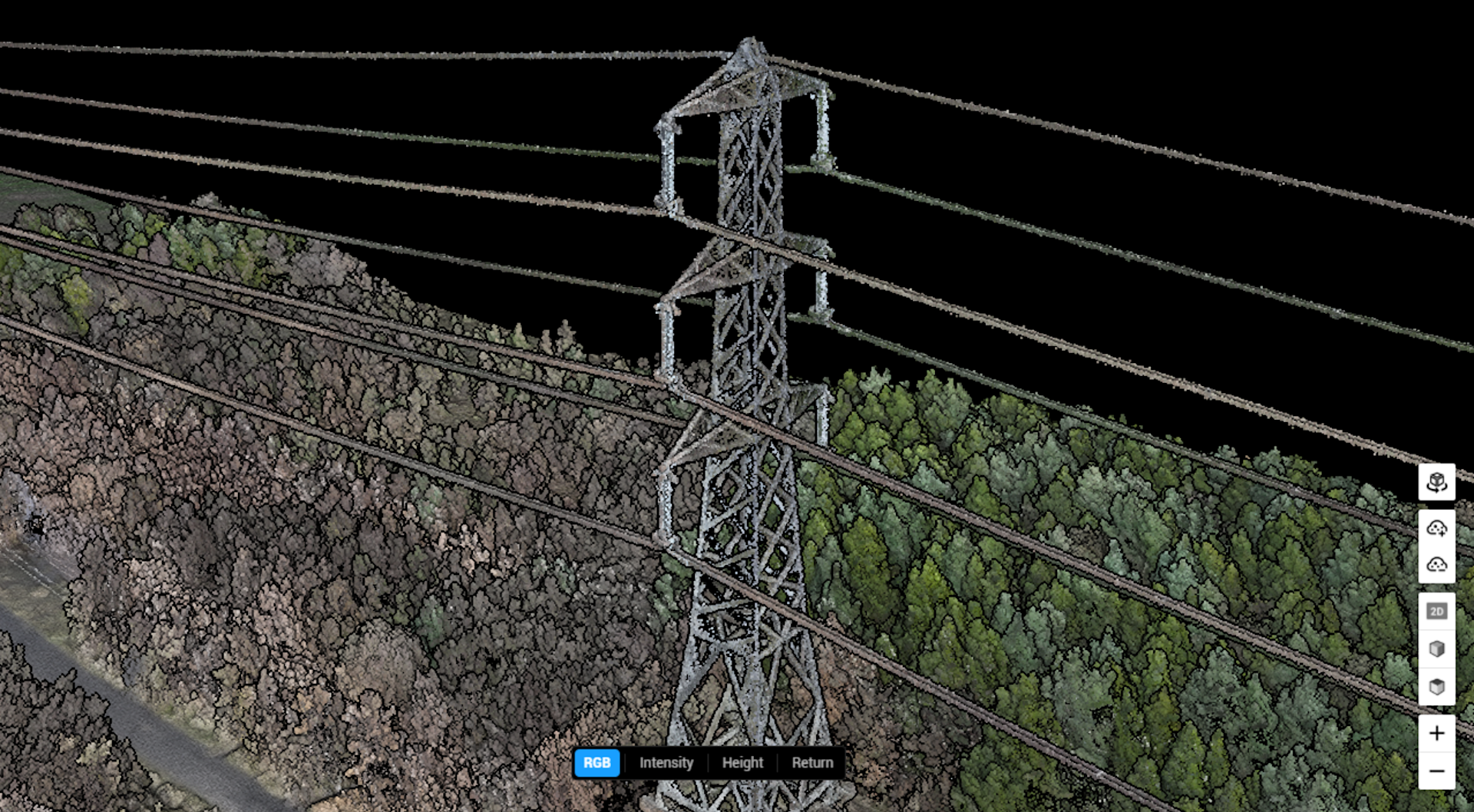
Workflow and recommended parameters
To deploy the Power Line Follow mode, ensure all of the firmware is up to date.
Check the RTK signal quality and set the flight mode to N.
Fly the aircraft above the power lines; switch to the L2's visible light camera; turn the gimbal downward; and adjust the hovering position and the camera direction to ensure the upper part of the camera can see the tower body.
Then click the Power Line Follow icon on DJI Pilot 2 on the controller to set the parameters.
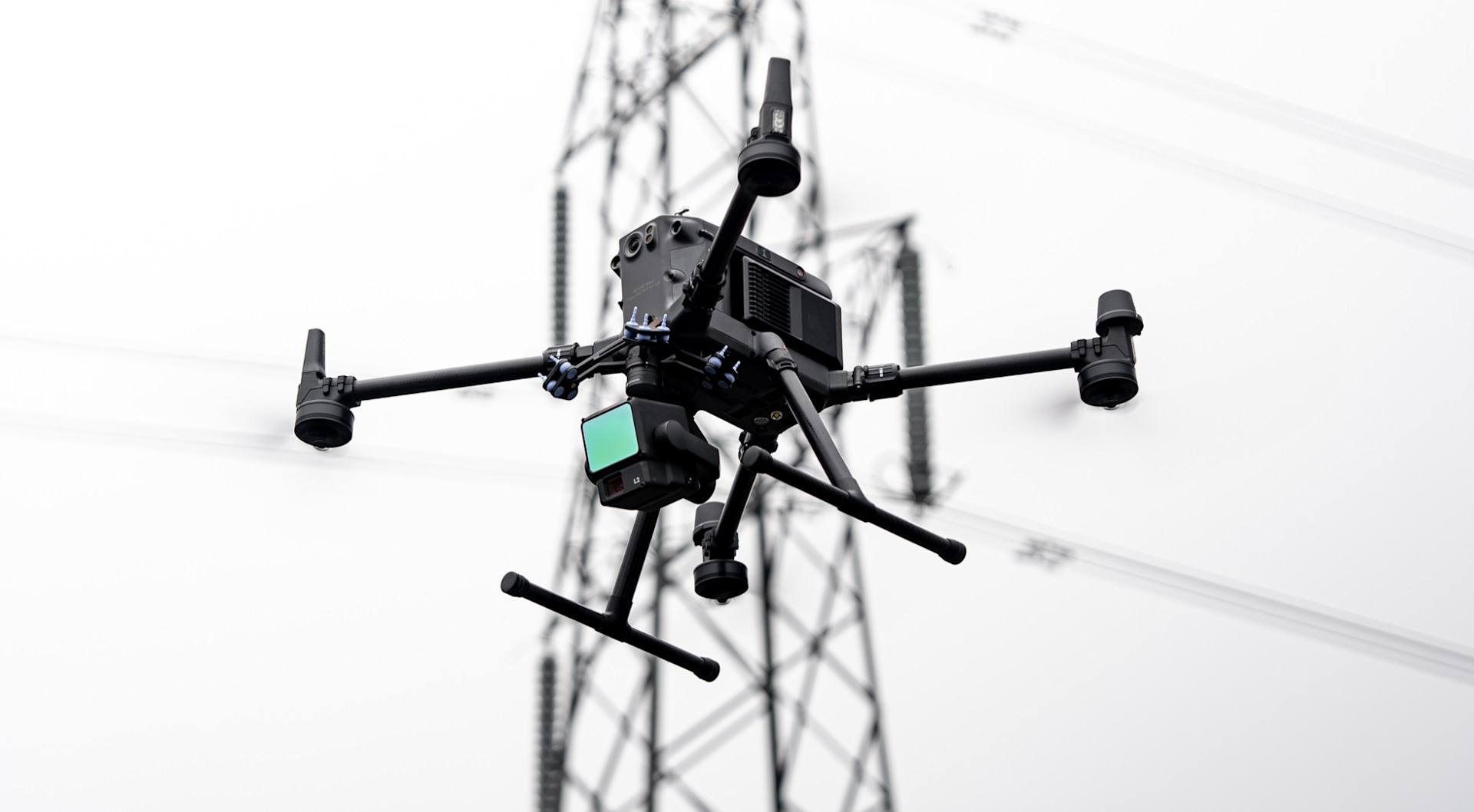
Key parameters include:
Power Line Type: If the width of the on-site tower is less than 10 metres, set Power Line Type to Distribution Line. If the width of the on-site tower is greater or equal to 10 metres, set Power Line Type to Transmission Line.
Power Line Follow Speed: Set an appropriate flight speed based on the distribution or transmission lines.
Power Line Follow Altitude: This altitude is the aircraft's height relative to the top level of the wires and the aircraft will maintain this relative altitude to perform the Power Line Follow task.
IMU Calibration: This will enable calibration. Following this, the Pilot 2 app will automatically identify the power lines when the drone is above the power lines.
RGB Colouring: When enabled, the point cloud will be coloured using photographs captured by the RGB mapping camera.
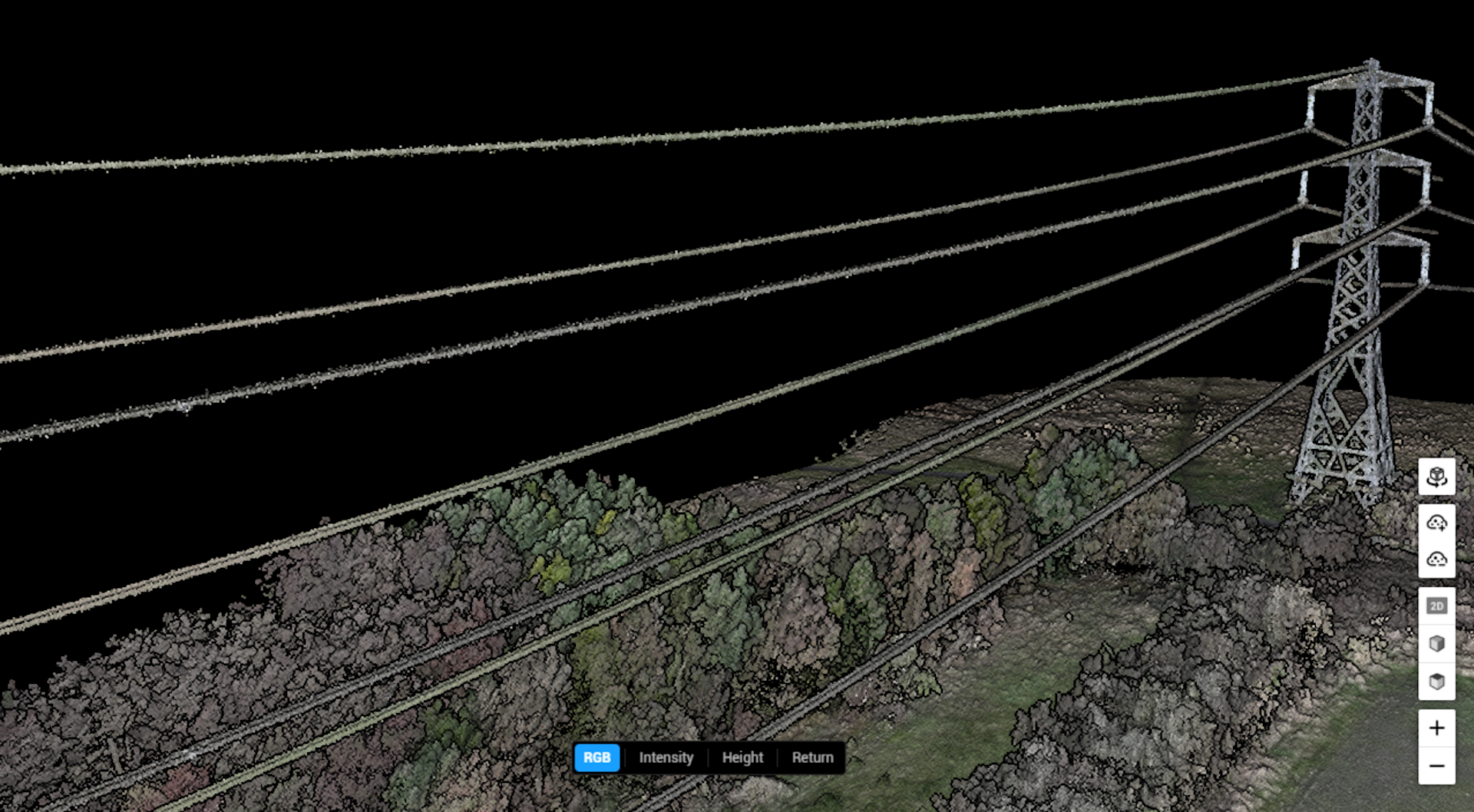
The table below shows some of the recommended parameters for Power Line Follow mode.
Recommended Settings | |
|---|---|
Power Line Speed | Distribution Line: 8m/s (optimal range between 0 and 10m/s) Transmission Line: 10m/s (optimal range between 0 and 15m/s) |
Power Line Follow Altitude | 30m |
Gimbal Pitch | -70° |
IMU Calibration | On (No obstacles near start or end point) |
Return Mode | Triple |
Sampling Rate | 240 kHz |
RGB Colouring | On |
Scanning Mode | Non-repetitive |
Once the parameters are set, select the line sequence number you need to follow and click Start.
During the flight, when the aircraft hovers at an intersection, the RC does support pausing the Power Line Follow mission. The aircraft can be manually controlled to fly through the junction and continue the mission. During this period, point cloud recording will not be interrupted.
Also, when the aircraft hovers at the junction, the RC can control the gimbal orientation through the RC dial.
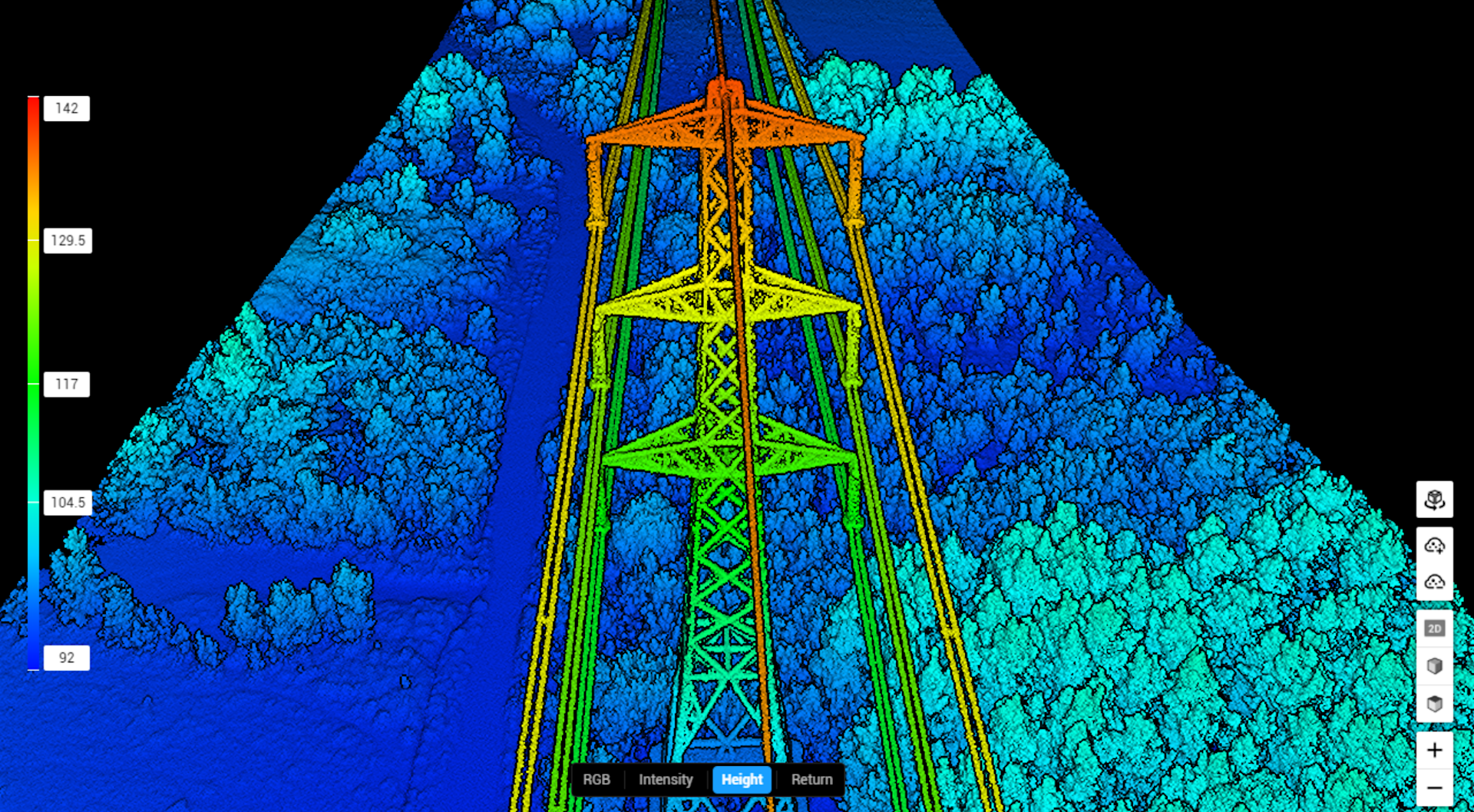
Summary
The DJI Zenmuse L2’s Powerline Follow Mode is a game-changer for powerline inspection operations.
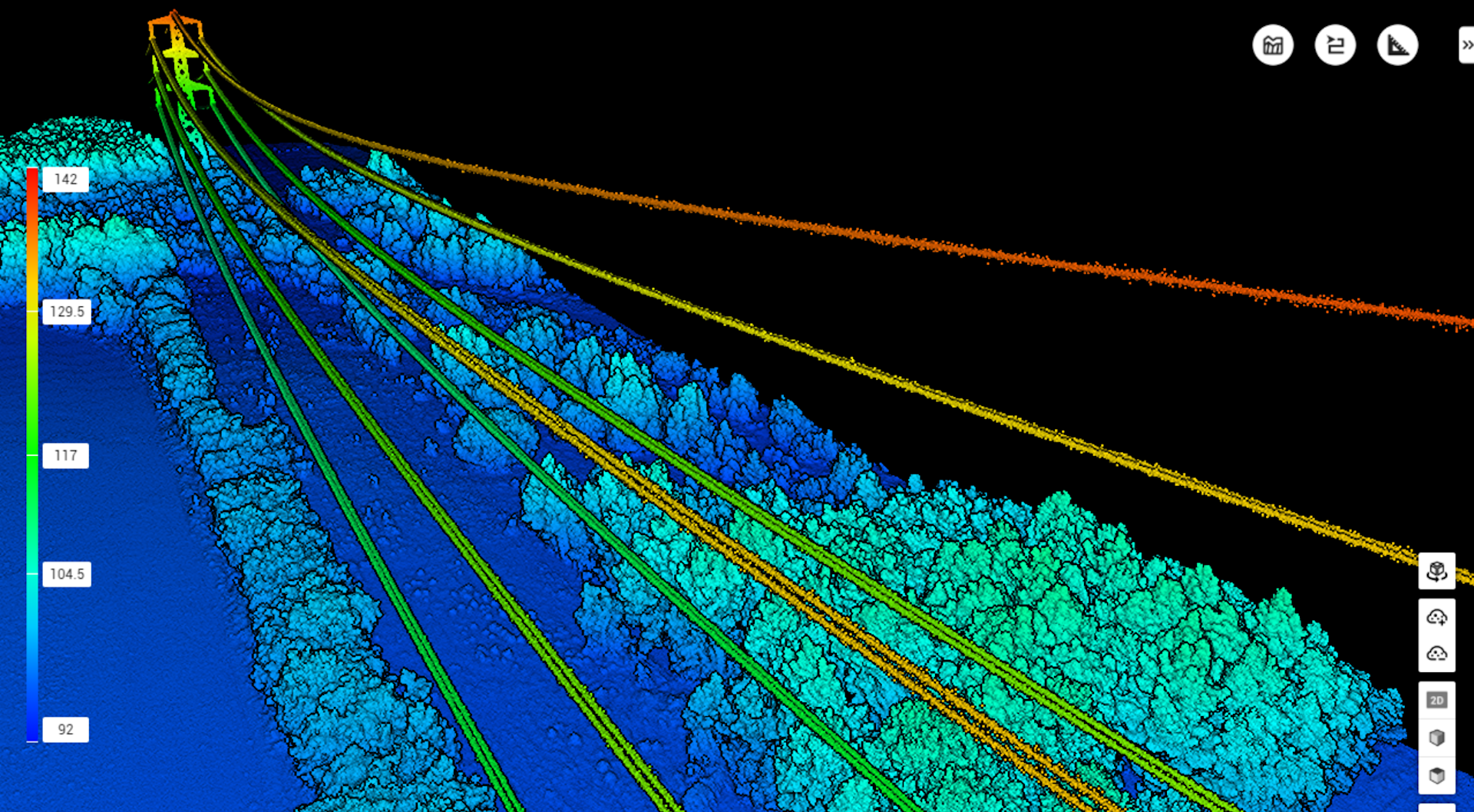
By automating flight paths and enhancing data collection precision, it offers unprecedented efficiency, safety, and cost savings.
Whether you're a utility company or an inspection service provider, integrating this technology into your workflow can significantly improve asset management and reduce operational risks.
For more details and to add the L2 to your workflows, click here, or contact us.
